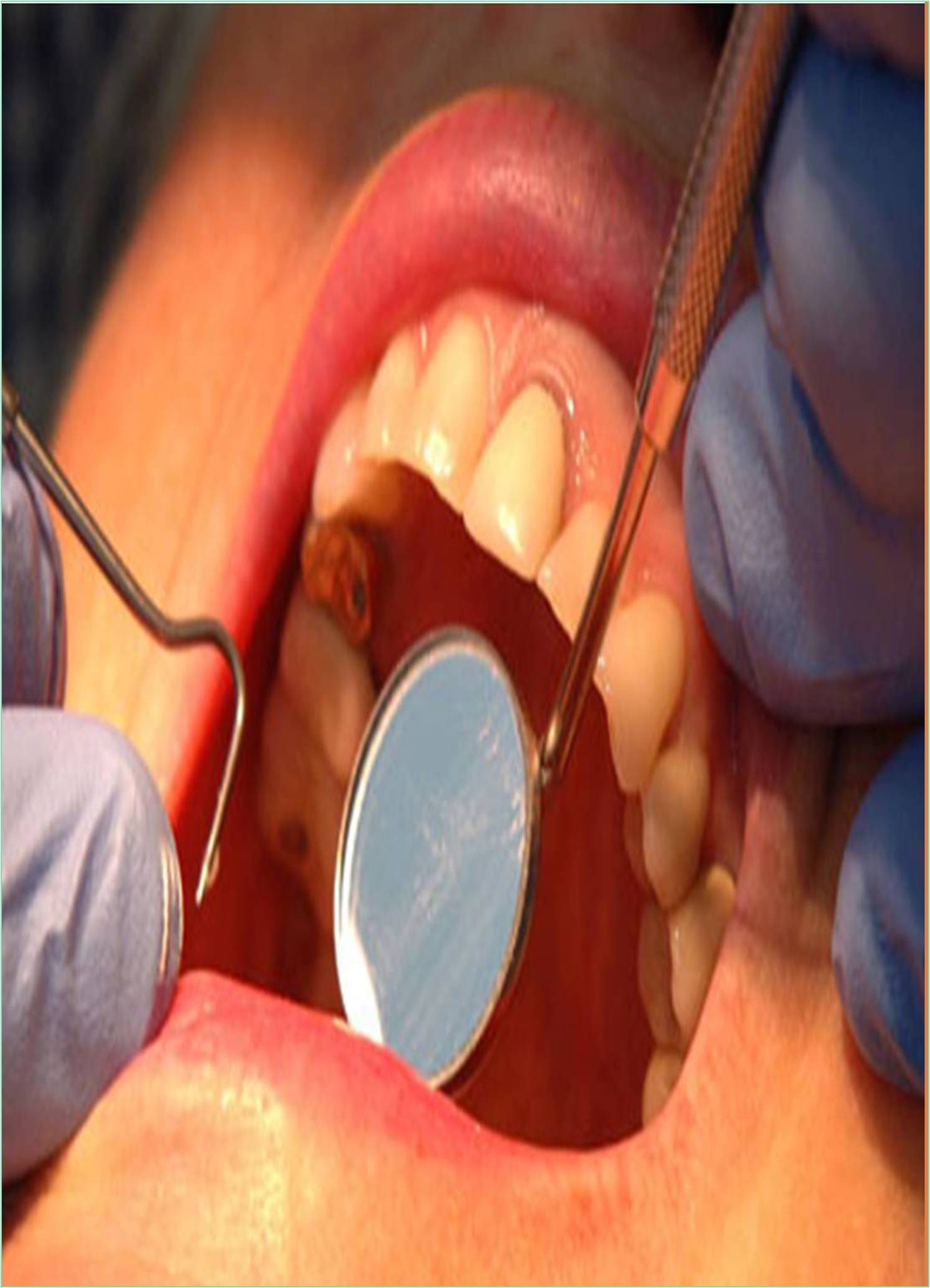



Received: 05-Aug-2022, Manuscript No. GJDOH-22-72149; Editor assigned: 08-Aug-2022, Pre QC No. GJDOH-22-72149 (PQ); Reviewed: 22-Aug-2022, QC No. GJDOH-22-72149; Revised: 29-Aug-2022, Manuscript No. GJDOH-22-72149 (R); Published: 05-Sep-2022, DOI: 10.15651/2449-1918.22.9.010
The main objective of boosting the adoption of good oral health behaviours that are anticipated to translate to better oral health, there has been a lot of interest in oral health education programmes in recent years. There is ongoing support for the creation of new goods and substances to maintain the oral cavity's cleanliness and health since so many people are now aware of and concerned about enhancing their oral health. Some of these items are the result of in-depth study into the best components to maintain dental health with minimal to no negative effects. It's critical to comprehend the function of dental biofilm in the production of novel anticariogenic and antigingivitis/periodontitis products. Gram-positive and Gram-negative microorganisms are frequently found in biofilms, and when these microbes are out of balance, they can cause periodontal disease and tooth caries. When proper oral hygiene is not maintained, dental biofilm has been demonstrated to be a soft, non-mineralized bacterial deposit that sticks to the hard surfaces of the mouth cavity.
Bees produce a wax-cum-resin material called propolis. The name itself is derived from Greek and refers to the substance's defensive qualities by denoting a city's exterior wall (pro: before, polis: city). Bees utilise it to cover honeycombs, rebuild the structure of their hives, and protect and strengthen them. It eliminates diseases, provides weather protection, and because it is an extremely sticky material, it keeps outsiders from invading the hive. Bee species don't all generate bee glue to the same extent. While Apis cerana makes no use of propolis at all, Apis dorsata colonies, sometimes known as gigantic honey bees, employ it to increase hive adhesion. Strong antibacterial, antiviral, antiparasitic, antifungal, and antioxidative activities are present in propolis. Propolis has substantial immunomodulation effects, which have been demonstrated in both in vitro and in vivo experiments.
Numerous scientific studies have shown that propolis has a positive impact on oral cavity health, however there are still few clinical studies examining how propolis affects gum health and condition in patients with CL/ CLP wearing various types of orthodontic equipment.
Melaleuca alternifolia, an indigenous Australian shrub, yields the volatile essential oil known as Tea Tree Oil (TTO). Terpinen-4-ol, a key ingredient in this essential oil, is where most of its antibacterial properties originate. Although TTO can exhibit bacteriostatic properties at low Ser concentrations, it is inherently bactericidal. At concentrations of less than 1.0%, the majority of bacteria, including Prevotella species and P. gingivalis, are vulnerable to TTO. Streptococcus mutans and other germs in the mouth were decreased in experiments using a mouthwash containing 0.2% TTO. In a different research, medically fit non-smokers with severe chronic gingivitis who used a TTO gel (2.5%) saw a decrease in their gingival index and papilla bleeding score. Furthermore, terpinen-4-ol, which is present in TTO, is known to have anti-inflammatory properties.
Only around 50% of dental plaque is removed by brushing without toothpaste; the remaining plaque must be removed mechanically and by employing antibacterial treatments. Inactive compounds do not have any therapeutic purposes, but they do contribute to the physicochemical characteristics of toothpaste, such as its consistency, flavour, pH, texture, capacity to penetrate, and appearance. Toothpaste contains both active and inactive chemicals. Fluoride is obtained from sodium monofluorophosphate, an odourless white to grey powder. It is frequently included as an antimicrobial agent in mouthwash and toothpaste. Propolis, TTO, and sodium monofluorophosphate toothpaste was shown to reduce plaque build-up and the severity of gingival bleeding, which was supported by a decline in PI and PBI scores across the board for all test individuals. But more study is necessary to establish the toothpaste's ideal propolis and TTO concentration and its impact on certain oral bacteria in vivo and in vitro.